Lead Remediation
and Remediation Services
Professional lead remediation and removal services on Vancouver Island including lead-based paints, tiles, plumbing, and more. Call for a free consultation.
Professional lead remediation and removal services on Vancouver Island including lead-based paints, tiles, plumbing, and more. Call for a free consultation.
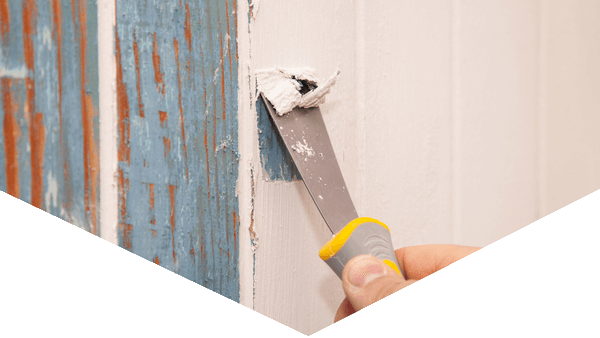
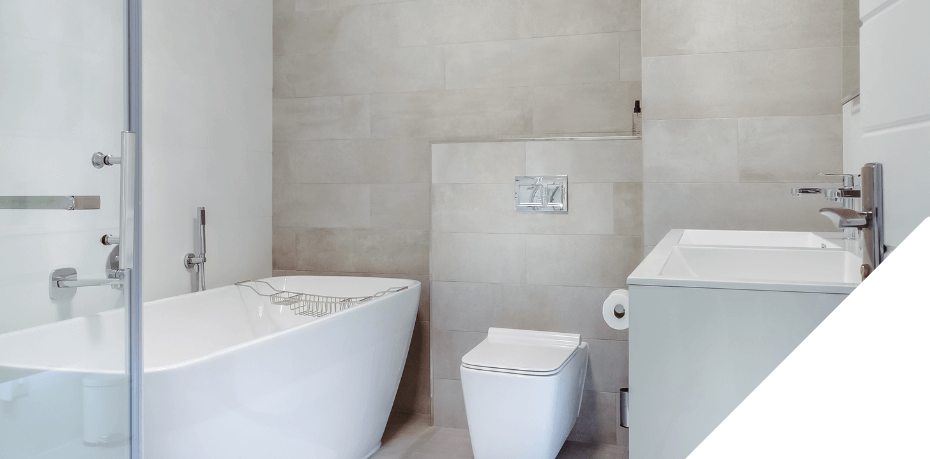
Lead Poisoning
Lead is a highly toxic metal that was once used in products like paint, water pipes, porcelain, ceramics, and gas, but the Government of Canada now restricts its use in many products due to safety concerns. Unfortunately, it has been used in a variety of materials commonly found in households, with older homes being at higher risk of containing more of this material.
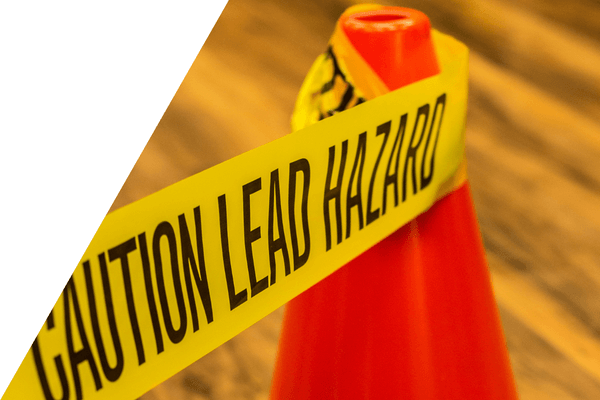
Some lead poisoning symptoms include vomiting, diarrhea, convulsions, coma, muscle pain, stomach pain, and even death. Though, severe cases of lead poisoning are rare in Canada. You can be exposed to lead by ingesting products that have lead in them, or by breathing in lead fumes. Chewing gum in an area with lead fumes is a way to unintentionally ingest lead. This metal can stay in your body for over 25 years following exposure, so it is important to diminish exposure as much as possible.
For further information check out the wiki page on lead.
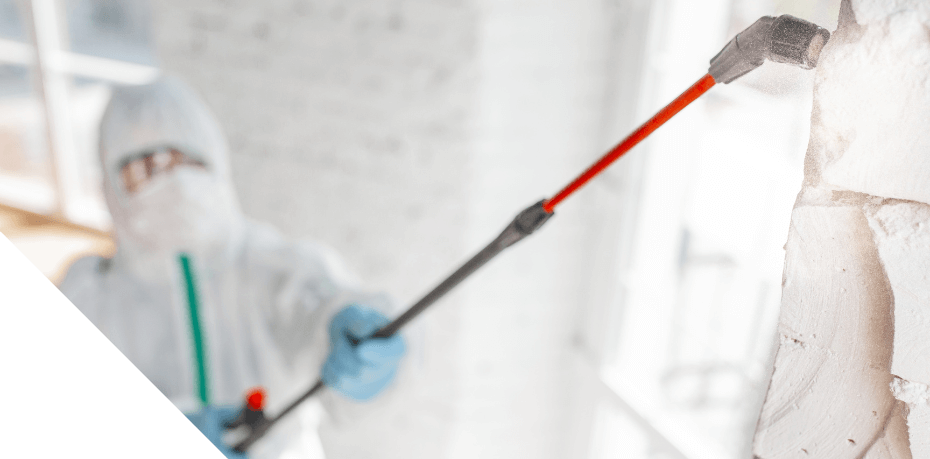
How do I know if my home contains lead?
Even though there are restrictions on lead in manufacturing products, it can still be found in several different places around the home. Older materials and products that are still in good condition may contain high levels of lead.
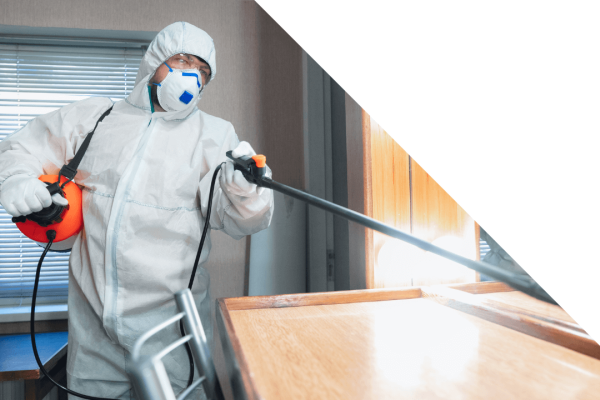
Prolonged lead exposure has a compounding effect because it can stay in the body for years. Lead poisoning can have lasting harmful effects on people of all ages. For this reason, removing lead-based paint and materials from your home should be left to professionals. It may be tempting to strip lead paint yourself, but the process is dangerous and it is easy for nearby surfaces to become contaminated. WorkSafe BC regulates lead mediation and removal processes for this reason.
Where is lead commonly found in residential homes?
We have outlined some common areas in residential homes where lead-containing materials have been found.

Lead-based Paint
Ceramic Tile
Old Cosmetics
Some cosmetics like lipsticks may contain lead as one of the ingredients
Plumbing
Older homes may not have plumbing that is up to code that contains lead pipes.
Several Manufactured Products
Some products made overseas may have less strict regulations regarding using lead in manufacturing.
Exterior Finishes
If built between 1960 and 1990, the exterior may contain lead-based paint.
Toys
Lead-containing materials in toys can be especially harmful to children.
Contact us
Professional lead removal
and remediation process
NOP (Notice of Project)
Lead Containment
Air Monitoring
and HEPA Air Scrubbers
Clearance Letter
How much does it cost to remove lead?
Harbour Hazmat offers free estimates to safely remove lead-containing materials from your home. The estimate is based on the types of materials that need to be removed, the overall size of the project, and additional measures like air purification monitors and scrubbers. Our lead abatement process ensures this harmful substance is removed from your residence following proper safety procedures.
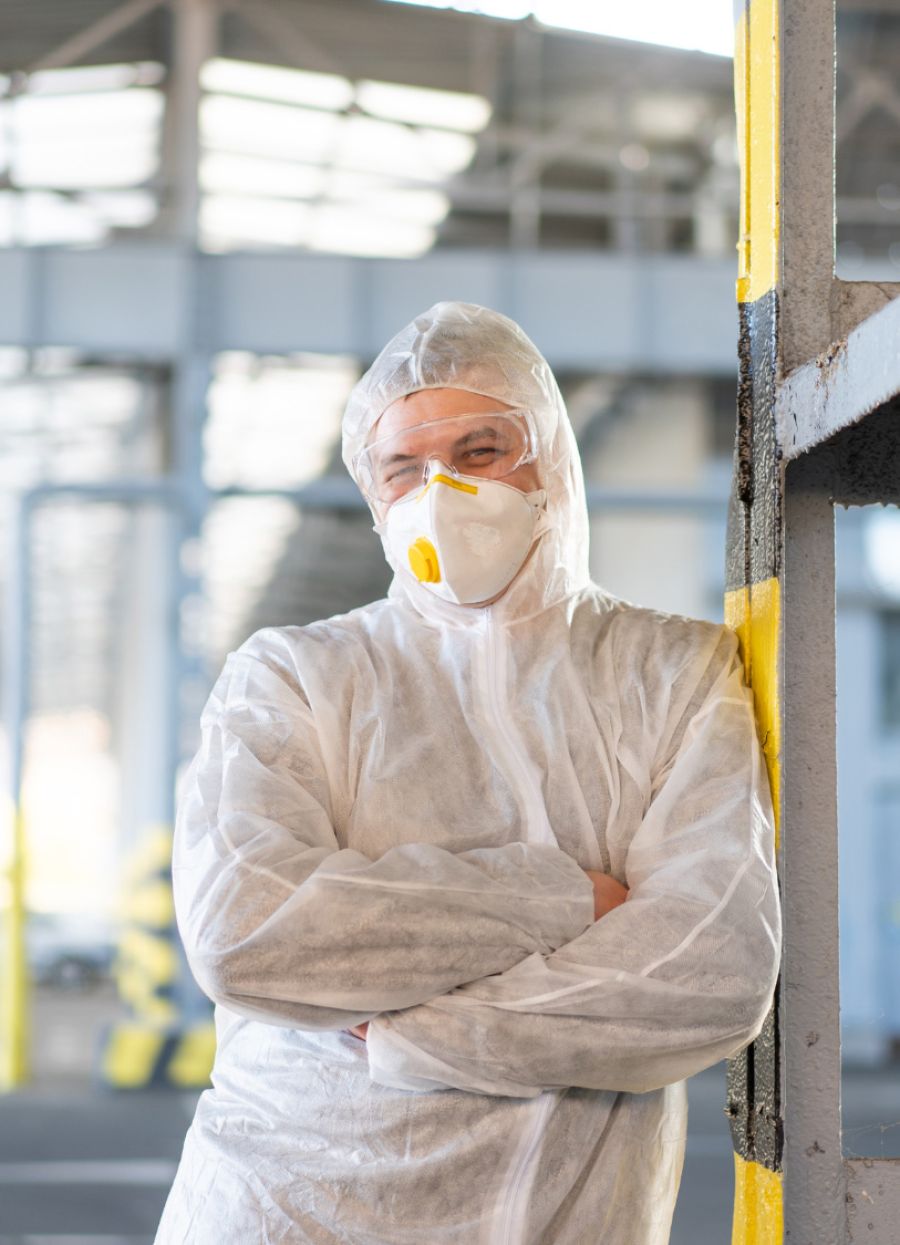
Contact
Harbour Hazmat
For further information call Harbour Hazmat for a free consultation.

Harbour Hazmat
For further information call Harbour Hazmat for a free consultation.